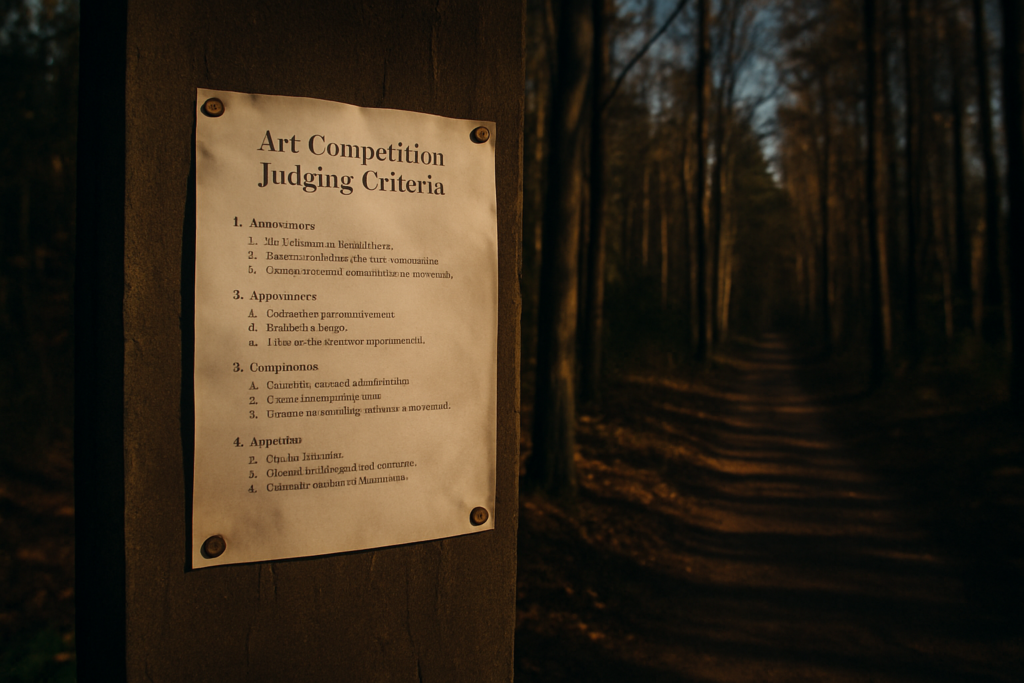As a passionate advocate for nurturing creativity in young minds, I’m excited to shine a spotlight on student art competitions. These events not only showcase the incredible talent of our youth but also provide a platform for them to express themselves artistically. From captivating paintings to innovative sculptures, these competitions offer a glimpse into the boundless imagination of the next generation of artists.
I’ll be delving into the significance of these competitions, exploring how they inspire and motivate students to push their artistic boundaries. Join me as we uncover the impact of such platforms on fostering a love for the arts and encouraging young talents to pursue their creative passions. Let’s celebrate the vibrancy and ingenuity of our budding artists as they captivate audiences with their unique perspectives and artistic flair.
Importance of Art Competitions in Student Development
Art competitions play a crucial role in shaping young minds, fostering creativity, and building essential skills. Let me delve into two key aspects that highlight the significance of these competitions in the development of student artists.
Benefits to Creativity and Expression
Participating in art competitions offers students a platform to unleash their creativity and express their unique perspectives. It allows them to experiment with different styles, techniques, and mediums, pushing the boundaries of their artistic abilities. Through these competitions, students can explore their creativity freely, enhancing their problem-solving skills, critical thinking, and imagination. Moreover, the process of conceptualizing and creating artwork for competitions encourages students to develop a strong sense of self-expression and originality.
Impact on Career Opportunities
Engagement in art competitions at a young age can have a lasting impact on students’ future career opportunities in the art world. By showcasing their work and receiving recognition in competitions, students build a strong portfolio that can be instrumental in college applications and future job interviews. Winning or even participating in prestigious art competitions can open doors to scholarships, internships, and mentorship opportunities. These experiences not only validate their talent but also provide valuable exposure to the art industry, helping them shape their artistic identity and career path.
Key Features of Student Art Competitions
Student art competitions encompass a variety of categories and themes to cater to diverse artistic interests. These events offer students a chance to explore different mediums and subjects, from traditional forms like painting and drawing to modern digital art and sculpture. By participating in competitions with varying themes, students can experiment with their creativity and expand their artistic horizons.
Categories and Themes
In student art competitions, categories and themes are carefully curated to spark innovation and encourage artistic exploration. Some common categories include:
- Painting: Students showcase their skills using various painting techniques and styles.
- Drawing: Participants create intricate artworks using pencils, charcoal, pastels, or ink.
- Photography: Students capture moments or concepts through a lens, exploring light, composition, and perspective.
- Sculpture: Artists sculpt three-dimensional forms using materials like clay, metal, or wood.
Themes in these competitions can range from nature and environmental awareness to social issues, self-expression, and abstract concepts. By engaging with different themes, students learn to communicate ideas visually and develop a deeper understanding of artistic representation.
Judging Criteria and Process
Judging in student art competitions typically considers various elements to evaluate participants’ work objectively. Some common criteria include:
- Creativity: The originality and innovative approach of the artwork.
- Skill: The level of technical proficiency and execution demonstrated.
- Interpretation: How well the artwork conveys the theme or message.
- Composition: The arrangement of visual elements within the piece.
- Impact: The emotional or intellectual response evoked in the viewer.
The judging process often involves a panel of experienced artists, educators, or professionals in the art industry who assess the submissions based on the established criteria. Through constructive feedback and critique, students gain valuable insights into their artistic practice, refine their skills, and learn to appreciate different perspectives in the art world.
Highlighting Notable Competitions
When it comes to student art competitions, there are several notable events that provide young artists with a platform to showcase their talents and creativity. Let’s take a closer look at some of the prominent competitions at both the national and international levels.
National Level Competitions
As a young artist, participating in national level competitions can be a great way to gain recognition and exposure within your own country. Events like the National YoungArts Foundation competition in the US offer talented students the opportunity to showcase their skills in various categories such as visual arts, design, photography, and more. Winning such competitions can open doors to scholarships, mentorship programs, and even exhibition opportunities, helping you kickstart your career in the arts.
Another noteworthy national competition is the Scholastic Art & Writing Awards, which has a long-standing history of celebrating young artists and writers across America. With a legacy of alumni who have gone on to achieve success in their respective fields, this competition not only rewards creativity but also encourages artistic growth and development among students.
International Platforms
Venturing into international art competitions can provide young talents with a global stage to exhibit their artwork and connect with like-minded individuals from around the world. Competitions such as the Global Canvas Art Contest organized by the David Shepherd Wildlife Foundation focus on environmental conservation themes, giving students the opportunity to use their art as a medium for raising awareness about pressing issues.
The Toyota Dream Car Art Contest is another international platform that encourages children from different countries to envision the future of mobility through art. This competition not only sparks creativity but also promotes cultural exchange and innovative thinking among participants.
Participating in these international competitions can broaden your artistic perspective, introduce you to diverse creative approaches, and inspire collaboration across borders. The exposure gained from showcasing your work on an international platform can be invaluable in shaping your artistic journey and opening up new opportunities in the global art scene.
Tips for Students Entering Art Competitions
Preparing a Winning Entry
When entering art competitions, it’s crucial to carefully review the guidelines and requirements to ensure your submission meets all criteria. Pay attention to deadlines and submission formats to avoid disqualification. Additionally, I recommend creating a unique and impactful piece that showcases your artistic style and creativity. Remember to take high-quality photos or scans of your artwork for digital submissions, and consider seeking feedback from teachers or mentors to refine your work before submission.
Learning From Feedback and Experiences
Receiving feedback on your submitted artwork is a valuable opportunity for growth. Embrace constructive criticism as a chance to improve your skills and artistic vision. Reflect on judges’ comments and use them to enhance future pieces. Moreover, participating in art competitions offers valuable experience and exposure to the art world. Take note of your journey, learn from each competition, and use these experiences to inspire and elevate your artistry.



